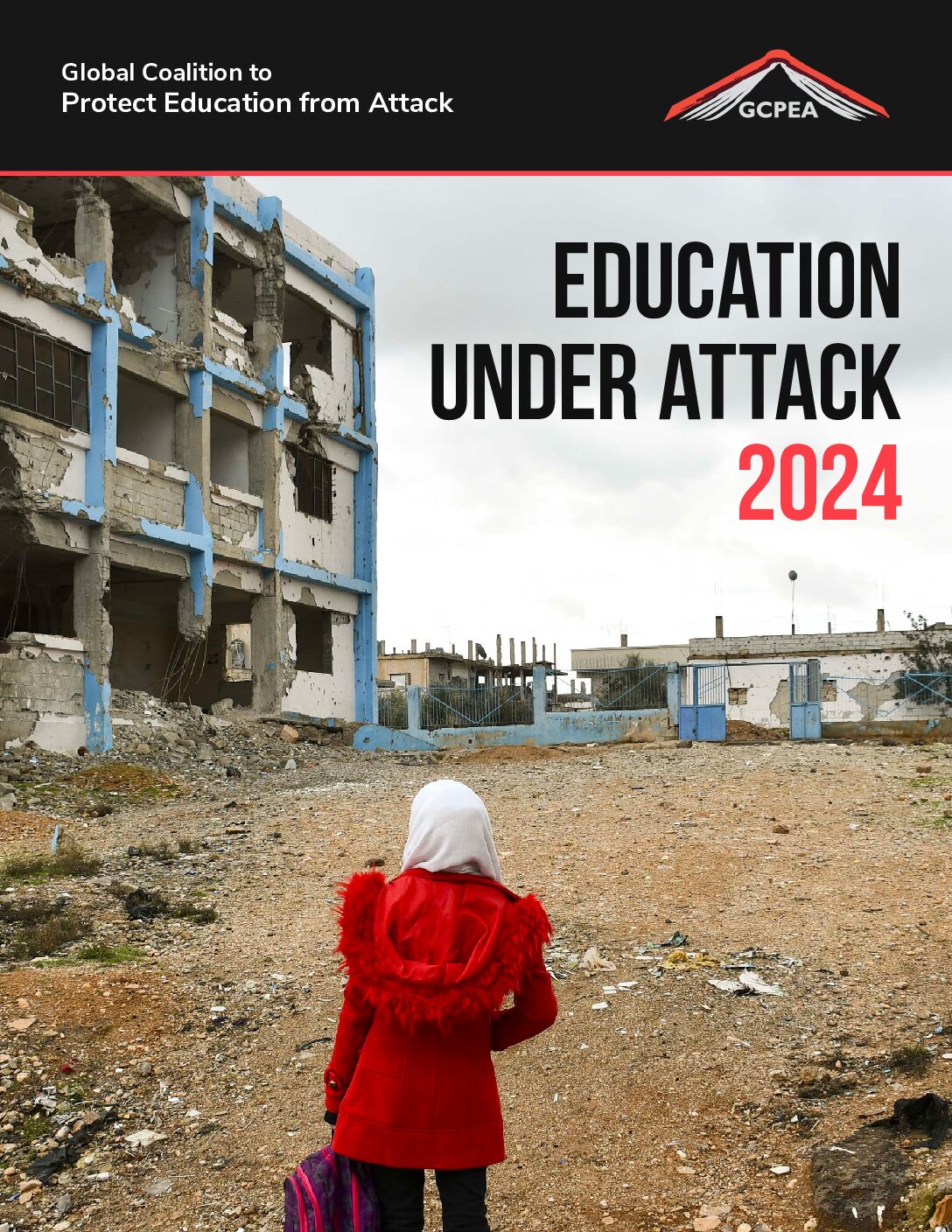Attacks on students, educators, and education institutions can have a devastating impact on access to education and education systems and on a society’s overall development in the long-term.
Documented impacts in affected countries have included the following:
Death, injury, and destruction. Students and educators are killed, injured, or traumatized. Education buildings, administrative infrastructure and classroom materials are damaged or destroyed.
Decline in attendance. Students and educators miss class or stop going to school altogether; student enrollments decline.
Teacher flight and decline in education quality. Educators often refuse to work in unsafe environments, leaving teachers who remain stretched thin, with their performance impaired. Teachers lose their jobs and livelihoods, reducing the pool of qualified teachers for some time.
Temporary or permanent school closure. Targeted education institutions close temporarily or permanently. Other valuable services provided in education buildings, such as community health, are also lost. When governments fail to rebuild after an attack, the impact is even greater and more long-term. Threats alone can shut down education institutions in environments where violence is widespread and perpetrators go unpunished. Institutions in surrounding areas close out of fear.
Disproportionate impact on girls and excluded groups. Girls and women can be disproportionately affected by conflict when their right to education is opposed; they are targeted for sexual violence while at or en route to education institutions; or their families withdraw them for security reasons. This impacts the achievement of gender parity. Excluded groups can be disproportionately affected if the conflict involves ethnic or religious issues.
Impacts of military use of schools. The use of and/or occupation of education institutions by military forces or other armed groups damages facilities, disrupts students’ education, blurs the lines between civilian and military installations, and can provoke attacks from opposing forces. Students are entirely displaced. Alternatively, partial occupation causes overcrowding, loss of kitchens and latrines, and creates a wholly inappropriate environment for education. In both instances, attendance rates drop, especially among girls if they are forced to travel farther for school or when parents fear sexual harassment and abuse from occupying forces.
Long-term decline in access to education and weakened education systems. Students do not fully recover lost educational opportunities; gains in education access and quality are reversed significantly. The quality and relevance of higher education are diminished and research and innovation are curtailed. Recurring investment in education is stopped due to ongoing targeting of infrastructure.
Impacts on development. Weakened education affects a country’s development as a whole, including economic, political and social development, poverty reduction, and maternal and child health.




